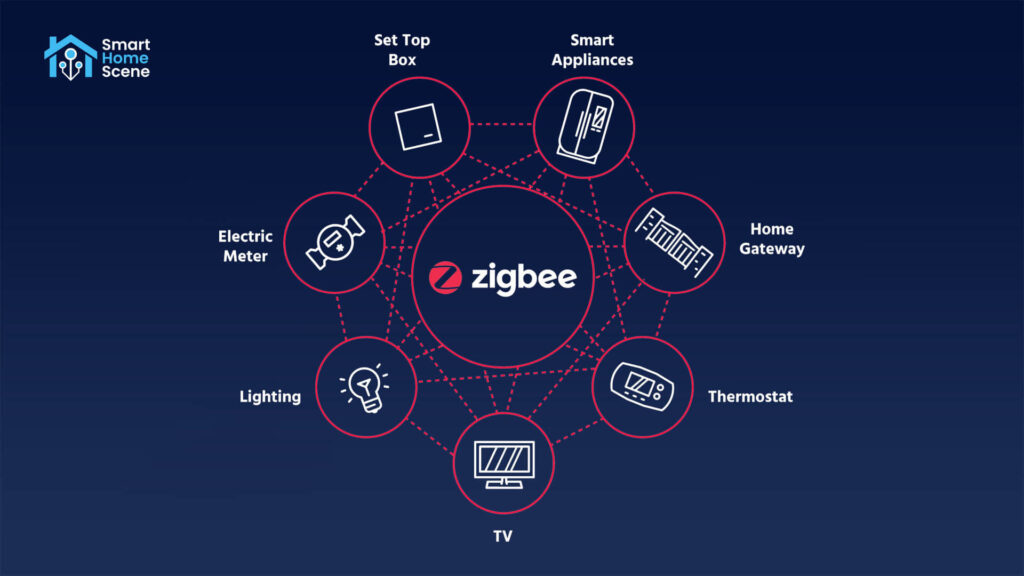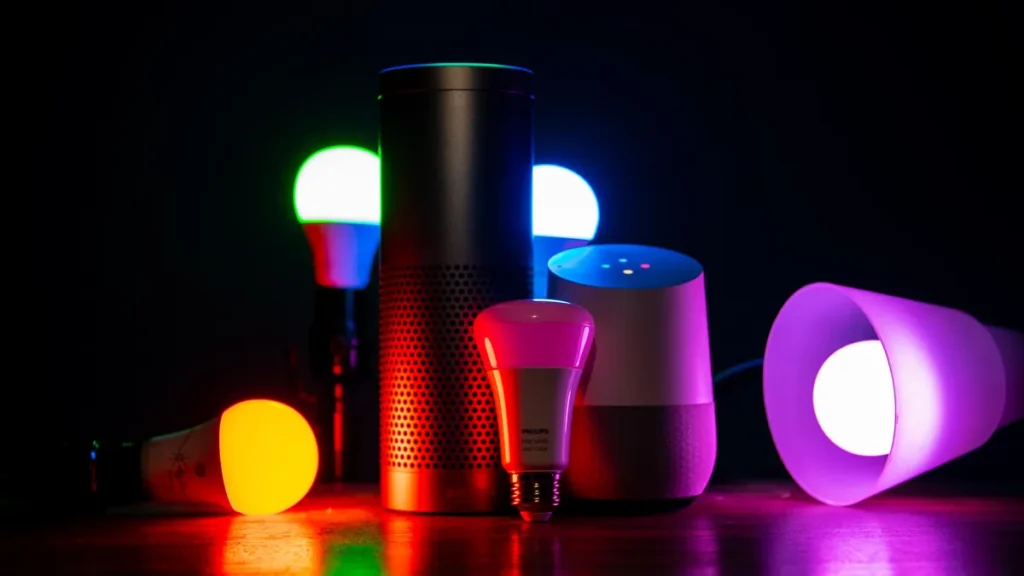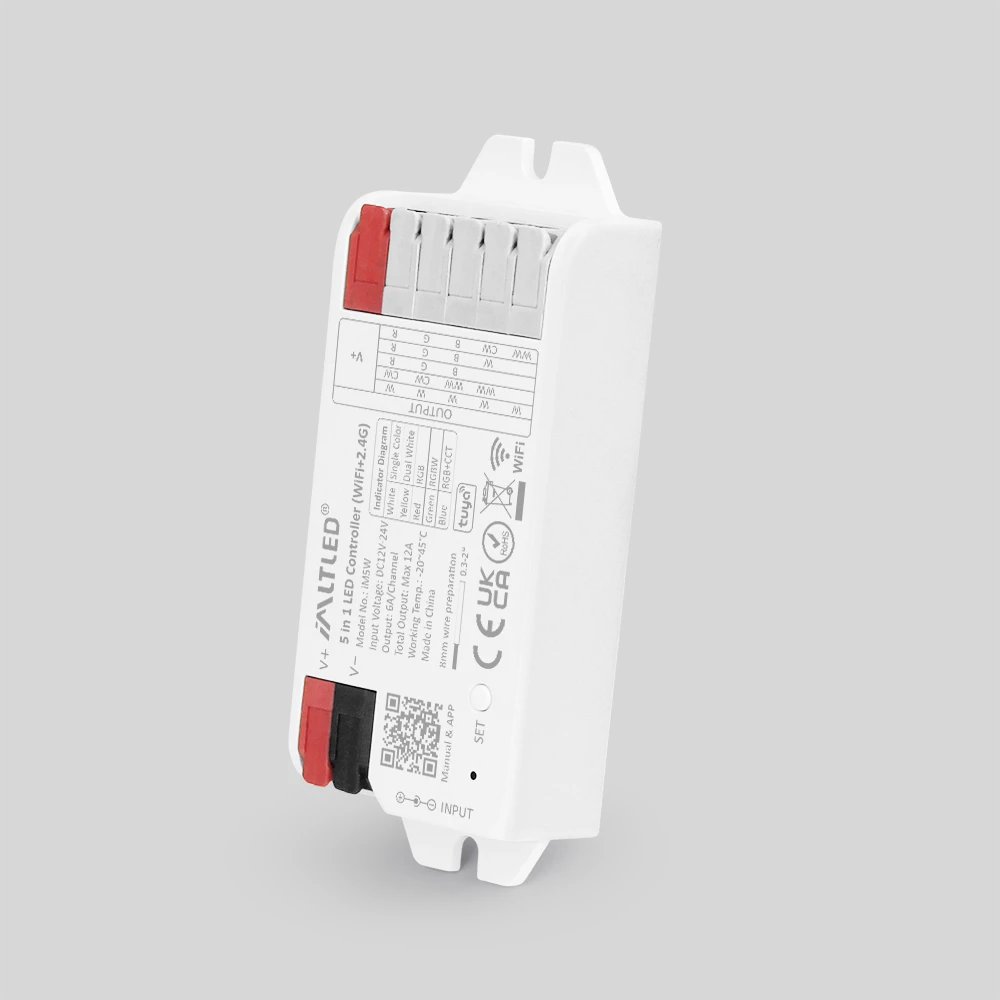In recent years, the proliferation of Internet of Things (IoT) technologies has revolutionized numerous industries, with smart lighting standing out as one of the most rapidly evolving sectors. Among various wireless communication standards enabling IoT deployments, Zigbee has garnered significant attention for its robustness, low power consumption, and mesh networking capabilities. This article delves into the fundamentals of the Zigbee protocol and explores its diverse applications in the smart lighting domain.
What is the Zigbee Protocol?
Zigbee is a specification for a suite of high-level communication protocols using low-power digital radios based on the IEEE 802.15.4 standard. Designed explicitly for low-data-rate, low-power applications, Zigbee enables reliable and secure wireless communication among devices within a personal area network (PAN).
Key characteristics of Zigbee include:
- Low Power Consumption: Devices can operate for years on small batteries due to Zigbee’s optimized low-energy design.
- Mesh Networking: Zigbee supports mesh topology, allowing devices (nodes) to communicate through multiple pathways, enhancing network range and fault tolerance.
- Low Data Rate: Typically around 250 kbps, sufficient for sensor data, control commands, and simple status updates.
- Short to Medium Range: Operates typically within 10-100 meters indoors, suitable for home and building automation.
- Security: Provides AES-128 encryption to secure communication between devices.
- Interoperability: Zigbee Alliance (now Connectivity Standards Alliance) promotes standards that enable devices from different manufacturers to work seamlessly together.
The protocol is designed to support applications such as home automation, industrial control, smart energy, and health care monitoring. Among these, smart lighting has become one of the most prominent and commercially successful use cases.
Zigbee in Smart Lighting: Why It Matters
Smart lighting systems are no longer limited to simple remote on/off control. Modern solutions offer dynamic light adjustment, color tuning, energy optimization, and integration with wider smart home ecosystems. Zigbee’s properties suit these requirements perfectly.
1. Reliable and Scalable Mesh Network for Lighting
Smart lighting deployments often involve multiple bulbs, sensors, switches, and controllers distributed throughout a residential or commercial building. Zigbee’s mesh topology allows each lighting device to act as a repeater, forwarding signals to other nodes. This creates redundancy and wide coverage, enabling:
- Extension of network range beyond the capability of any single device.
- Automatic rerouting around failed or unreachable nodes, ensuring reliable communication.
- Easy scalability by adding new bulbs or sensors without redesigning the network.
For example, in an office setting with hundreds of Zigbee-enabled light fixtures, the mesh network ensures robust connectivity even if some nodes temporarily lose power or experience interference.
2. Low Power Consumption Prolongs Device Life
Many smart lighting components (like motion sensors or battery-powered switches) require minimal maintenance and long battery life. Zigbee’s energy-efficient protocol means these peripherals can function for years without battery replacement, which is vital for user convenience and cost efficiency.
3. Interoperability and Ecosystem Integration
Zigbee defines application profiles specifically for lighting, such as the Zigbee Light Link profile, which standardizes the communication between lighting products from different manufacturers. This interoperability:
- Encourages consumer choice by allowing mixed-brand installations.
- Simplifies integration with hubs and smart home platforms like Amazon Alexa, Google Home, and Apple HomeKit.
- Supports remote dimming, color temperature adjustment, scene setting, and scheduling from mobile devices or voice assistants.
4. Advanced Lighting Control and Automation
Using Zigbee-enabled devices, smart lighting systems can incorporate environmental sensors (e.g., occupancy, ambient light) to dynamically adjust illumination. Examples include:
- Automatically dimming lights when natural daylight suffices.
- Turning off lights in unoccupied rooms.
- Synchronizing lighting scenes for meetings, presentations, or relaxation.
Zigbee networks’ low latency ensures responsive control, which is critical for user experience.
Practical Applications of Zigbee in Smart Lighting
Residential Smart Lighting
Zigbee-enabled bulbs, switches, and sensors are widely used in homes to create convenient and energy-saving lighting environments. For instance:
- Voice-controlled lighting adjusts ambiance without physical interaction.
- Automated routines align lighting schedules with daily activities.
- Energy monitoring features help users reduce electricity bills.
Popular consumer products, such as Philips Hue, IKEA TRÅDFRI, and Sengled smart bulbs, employ Zigbee to provide reliable wireless control.
Commercial and Industrial Lighting
In offices, retail environments, and manufacturing plants, Zigbee-based smart lighting systems contribute to operational efficiency and employee well-being by:
- Integrating with building management systems (BMS) for centralized control.
- Utilizing occupancy sensors to reduce unnecessary power consumption.
- Supporting emergency lighting protocols through coordinated network control.
Because of Zigbee’s scalability and mesh capabilities, lighting networks can cover large and complex floor plans.
Street and Outdoor Lighting
Municipal smart lighting initiatives use Zigbee for managing street lamps and public spaces. Benefits include:
- Remote monitoring and fault detection reducing maintenance costs.
- Adaptive lighting adjusting brightness based on pedestrian or vehicular traffic.
- Integration with other smart city platforms for coordinated infrastructure management.
Challenges and Future Trends
While Zigbee remains a strong choice for smart lighting, the ecosystem faces challenges:
- Interference and Coexistence: Operating in the crowded 2.4 GHz band, Zigbee must coexist with Wi-Fi, Bluetooth, and other devices. Network design and channel management are vital for optimal performance.
- Competition from Other Protocols: Standards like Bluetooth Mesh and Thread are emerging as alternative IoT solutions, each with unique advantages.
- Complexity of Installation: Large-scale Zigbee networks may require sophisticated planning and management tools to avoid connectivity issues.
Looking forward, ongoing developments such as Zigbee 3.0 unify profiles for improved interoperability, and enhancements in mesh performance continue to strengthen its position. Integration with cloud services and edge computing will enable more intelligent lighting analytics and predictive maintenance.
Conclusion
Zigbee protocol, with its low power consumption, robust mesh networking, and interoperability, has become a foundational technology in the smart lighting industry. It empowers advanced lighting control solutions that enhance convenience, energy efficiency, and user experience in residential, commercial, and municipal settings. As smart lighting continues to evolve, Zigbee is poised to remain a critical enabler of intelligent, connected illumination systems worldwide.
Companies and consumers interested in smart lighting should consider Zigbee’s proven capability and broad ecosystem support when designing or selecting intelligent lighting solutions. With ongoing innovations and growing adoption, Zigbee stands as a vital pillar in the future of smart environments.


